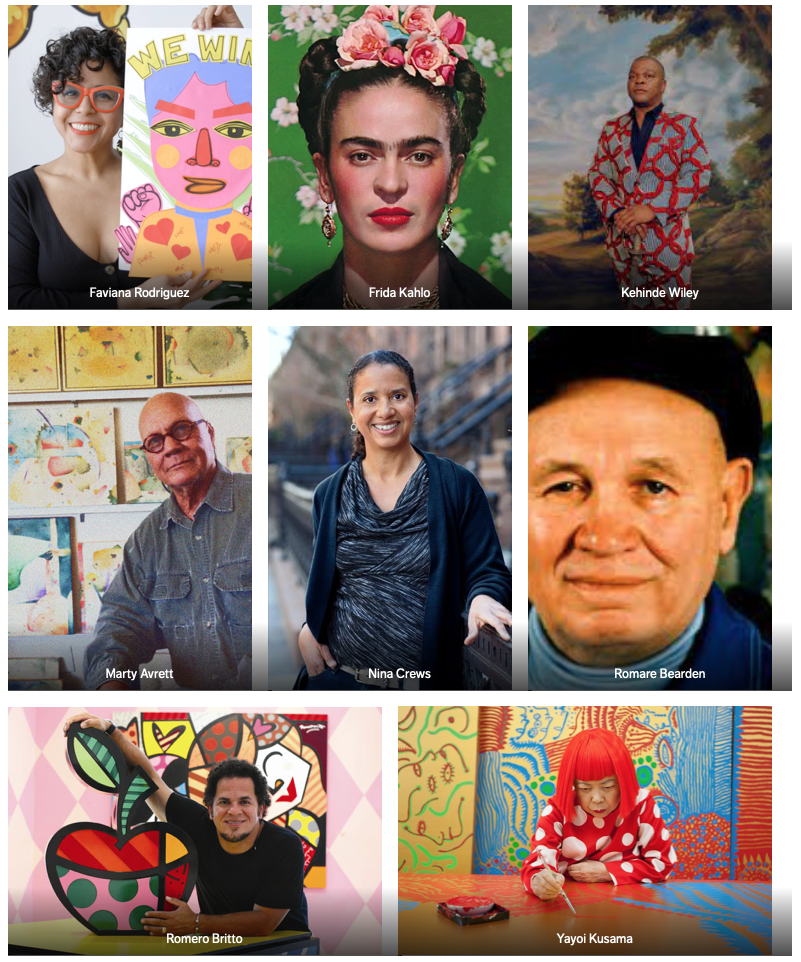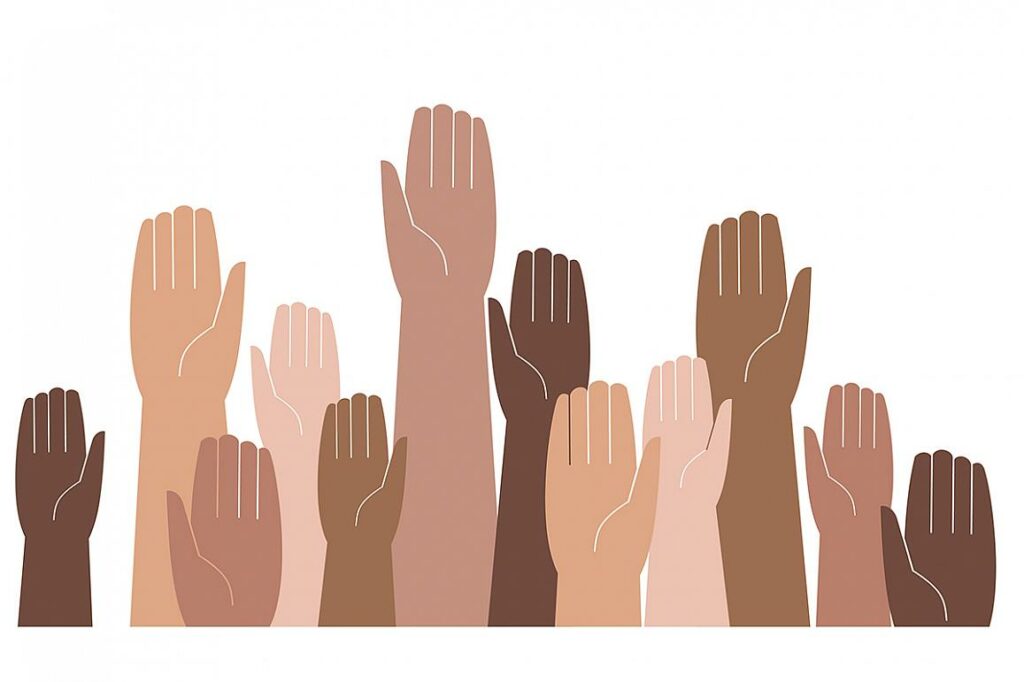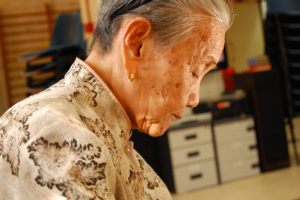Confirmation bias is one of the most common — and often unnoticed — mental shortcuts that shapes how we think, make decisions, and interact with others. It’s the tendency to favor information that supports our existing beliefs while ignoring or downplaying evidence that challenges them. Whether it’s interpreting news, forming opinions about controversial issues, choosing friends, or making investments, confirmation bias subtly influences how we process the world. Psychologist Peter Wason’s 1960s experiments first illuminated how people naturally seek confirmatory information, and since then, research has shown this bias affects memory, attention, and interpretation. Key signs include ignoring contradictory evidence, remembering only supportive details, and seeking information from like-minded sources. It shows up in politics, relationships, and everyday decisions — and though it can offer a sense of comfort and confidence, it often hinders objectivity and critical thinking. The good news? With conscious effort, we can reduce its effects by staying open to opposing views, welcoming new information, and being aware of our own cognitive blind spots. In a world full of information, curiosity and humility are powerful tools to overcome bias.
Key Facts:
- Confirmation bias causes us to seek and interpret information that supports our existing views.
- It impacts attention, memory, and how we perceive information.
- It shows up in personal decisions, politics, news consumption, and relationships.
- There are different types: biased attention, biased interpretation, and biased memory.
- Awareness, seeking diverse perspectives, and openness to new evidence can help mitigate it.
While we can’t fully eliminate confirmation bias — it’s wired into how our brains function — we can learn to recognize it and challenge its grip on our thinking. The more we practice intellectual humility, seek out opposing viewpoints, and stay open to new information, the closer we come to seeing the world as it really is — not just as we wish it to be.




